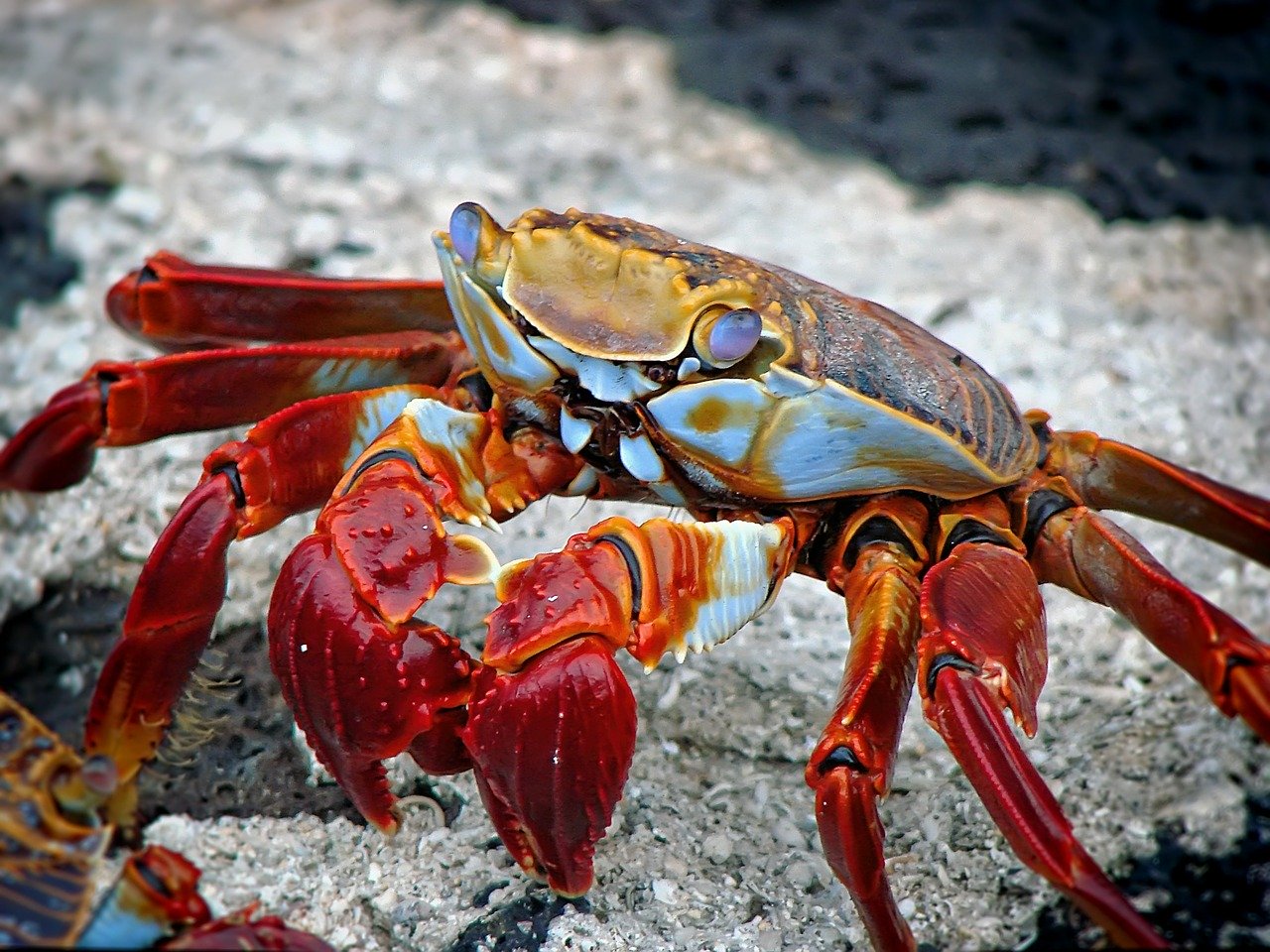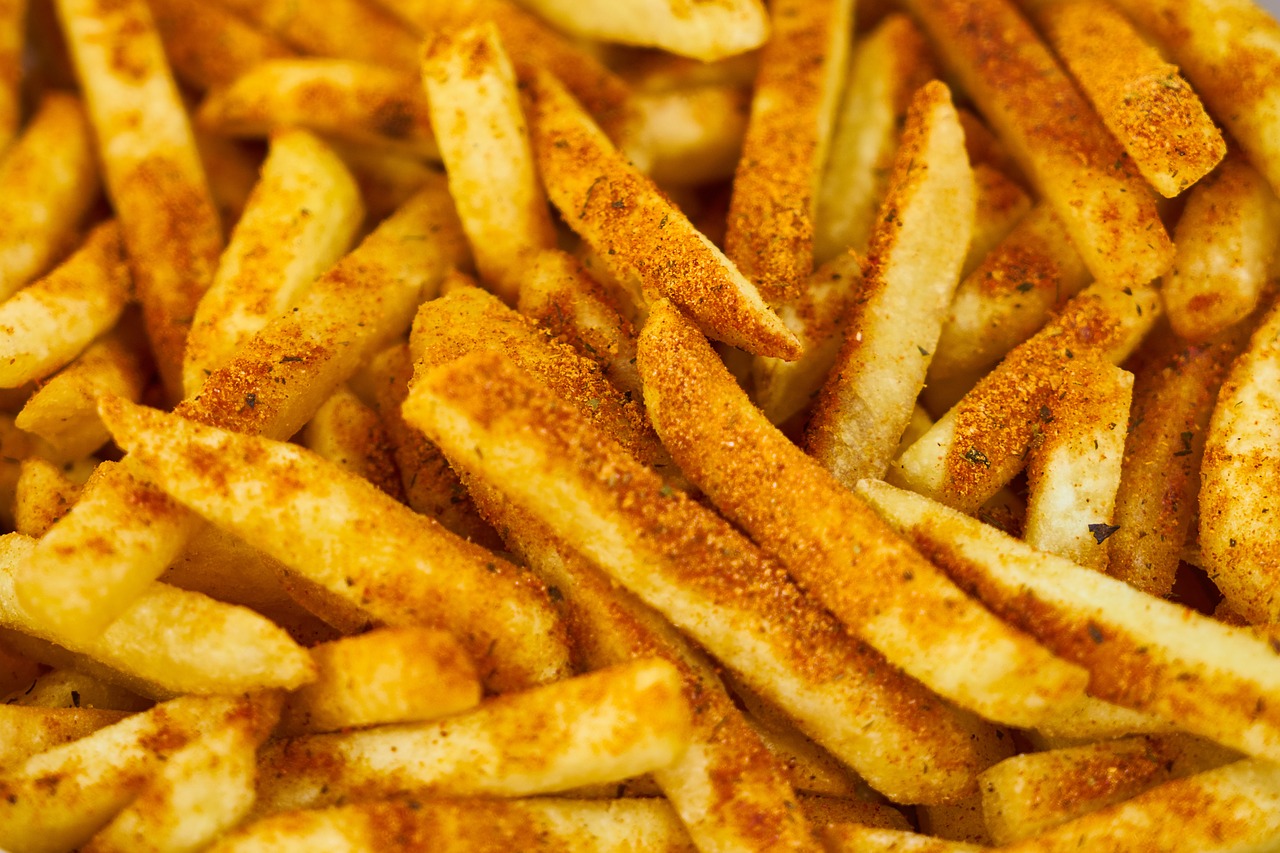In May 2019 researchers from Australia published the results of their study to assess whether different cooking methods can potentially change the levels of per-and poly-fluoroalkyl substances found in seafood. … Read more
Acrylamide
Acrylamide is a chemical that naturally forms in starchy foods during cooking at high temperatures, including frying, baking, and roasting. This chemical process ‘browns’ food and affects its taste. Acrylamide … Read more
Mizuna
Mizuna, also referred to as water greens, qian jing shui cai, kyona, Japanese mustard greens and spider mustard.
Rich souce of vitamin C, iron and folate. Also contains a glucosinolate … Read more
Kale
Kale, also referred to as leaf cabbage
Rich source of vitamin A, vitamin B6, vitamin C, folate and manganese and a moderate source of vitamin B1, vitamin B2, vitamin B5, … Read more
Cauliflower
Cauliflower, referred to as cauli-fiori in Italy. The heads can be white, orange (caused by beta-carotene), green (see broccoli Romanesco), and purple (caused by anthocyanins).
Rich source of vitamin C … Read more
Cabbage
Cabbage, types include savoy cabbage, red, white and green cabbage
Rich source of vitamin C and vitamin K and a moderate source of vitamin B6 and folate.
Also contains sulforaphane. … Read more
Brussels sprouts
Rich source of vitamin C and K with more moderate amounts of vitamin B (such as folate and B6), iron, and manganese.
Brussels sprouts also contain sulforaphane. However, boiling reduces … Read more
Broccolini
Broccolini, a cross between broccoli and Chinese broccoli, also referred to as brocolette, sweet baby broccoli, asparation, bimi, brocoletti, brocolis, Italian sprouting broccoli, and Tenderstem.
Rich source of vitamin C … Read more
Broccoli
Broccoli, also referred to as calebrese.
Rich source of vitamin C and vitamin K and moderate amounts of several B vitamins and manganese. Also contains the carotenoids, lutein and zeaxanthin.… Read more









